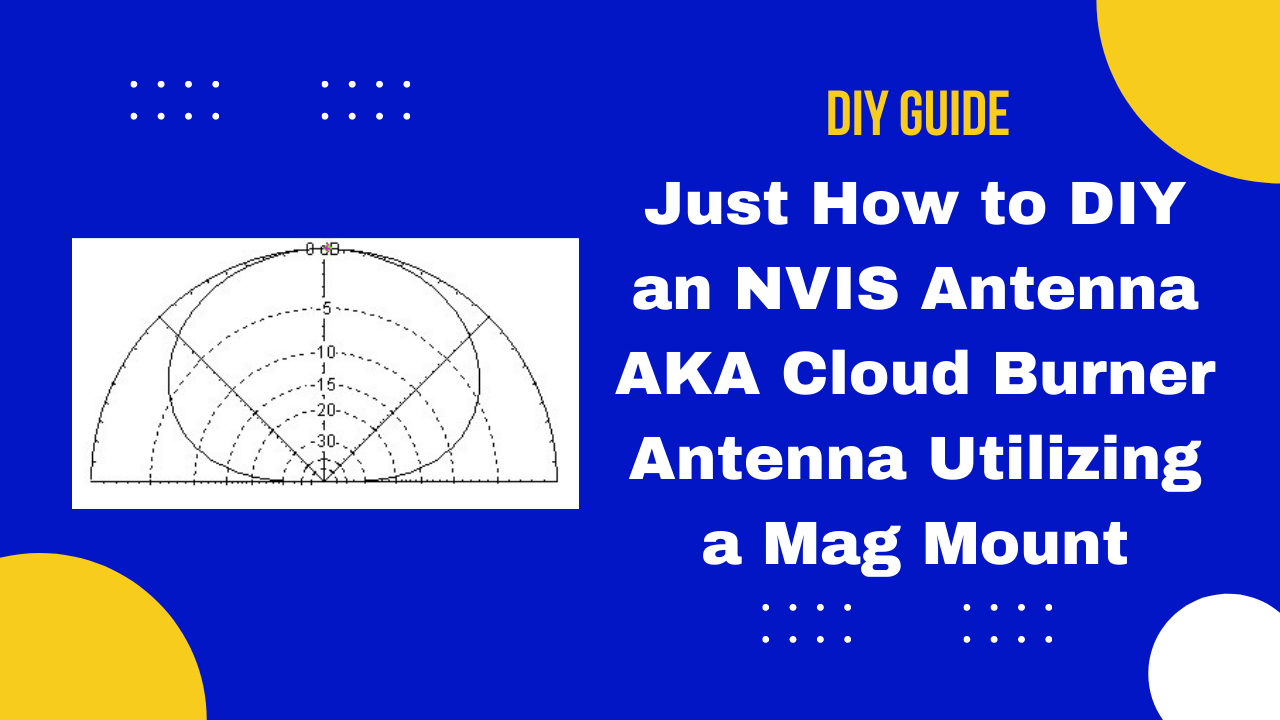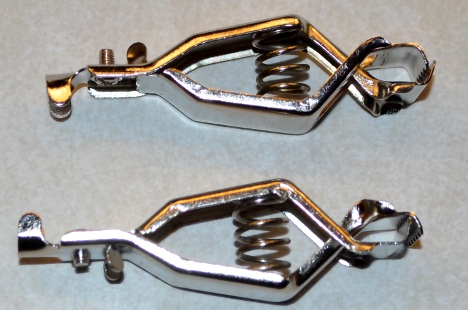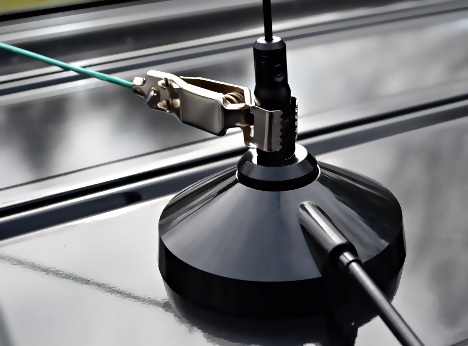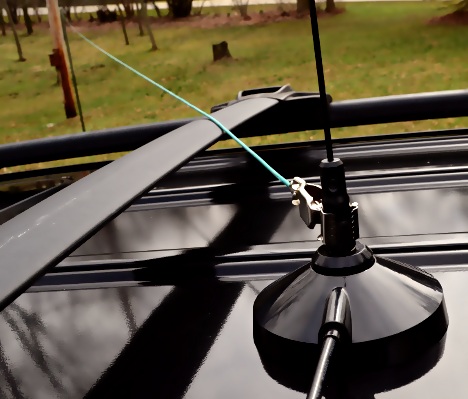
Part of being a ham radio driver is to give communications in times of emergency situations. With the upcoming Ohio NVIS Antenna Day, I chose to look into NVIS antennas. NVIS antennas, additionally referred to as Near Event Vertical Skywave antennas have a high angle of radiation. Something on the order of 60 degrees, to directly to 90 degrees. Unlike UHF and VHF signals, which normally have a 50-mile range with a yagi antenna up high, and also NVIS antenna is made for interaction in the 75-- 500-mile variety. Occasionally an NVIS antenna is referred to as a "cloud heater" since it routes a lot of its radiation extra upward than a regular antenna.
The idea with an NVIS antenna is to emit as much power as possible at a high angle and also have it be reflected off the ionosphere. From a functional viewpoint, NVIS communications happen at 10 MHz as well as below. One more part of the NVIS antenna is the reality that it is quite low to the ground. This aids emit the signal at a high angle, as well as making it easy to release. There are numerous opinions regarding the most effective height of an NVIS antenna, however, everyone seems to settle on approx. 1/8 wavelength above ground and often much less.
I wanted an NVIS antenna that was portable, easy to set up, as well as low-cost (of course). As it ends up, I had practically everything handy. For my NVIS antenna, I began with my 2-meter mag place for my car. After that, it was simply a matter of affixing a quarter-wave cord to the mag mount, then simply stringing the cord flat from the mag place to a tree or a pole of some type.
I wished to be able to connect to the mag place promptly. I generated a spring-loaded battery clip. But not just any battery clip. It had actually had the ability to stand up to a strong straight-pull without coming off of the mag mount antenna. What I thought of is shown in the photo listed below:

Sometimes these are called Crocodile battery Clips, or Test Clips. I selected my own up at the local NAPA car parts store. There are a couple of different sizes. You will require to make certain that the jaws widen adequately to secure onto the base of the mag install you will be utilizing.
So currently it's simply a simple matter of connecting a cable onto this clamp. I picked to take the screw out of the backside of the clamp as well as slip the cable with the hole and solder the cable onto the clamp. These aids provide more toughness as this joint will certainly be under some stress.
Below is a photo of my mobile NVIS antenna on top of my Jeep making use of the mag place:

Concerning the length of the wire to utilize, in my instance, I am making use of 40 meters for the Ohio NVIS Antenna Day. One would certainly believe that the classic formula for a quarter wavelength vertical would certainly work. However, that seems to not hold true. Given that this NVIS antenna is so short as well as close to the automobile, my first attempt using the formula 234/ freq. to get the size of wire offered me a vibration of 8.6 MHz. By the way, having an MFJ antenna analyzer aids significantly with this procedure. So equipped with this information, I did some back figuring and thought of my own constant for calculating the correct length of this type of NVIS antenna. That is not to say this is cast in stone, yet this is what helped me, at the very least this time around.
<h2>The new formula I have actually developed is as follows:
Length (ft.) = 261/ F (mhz).
Below is an additional image of my NVIS antenna totally deployed. Notice that at the far end I am making use of 2 4 ft. military fiberglass tent poles that I grabbed in your area.

My preliminary results show that it appears to function well for an NVIS antenna. I will likewise be including a 75-meter leg to the setup in the future also. That is a simple matter of distributing the cord, including the clamp to connect to the mag install, as well as releasing.
This short article was originally uploaded on www.mikestechblog.com Any kind of recreation on any other site is banned as well as an offense of copyright regulations.